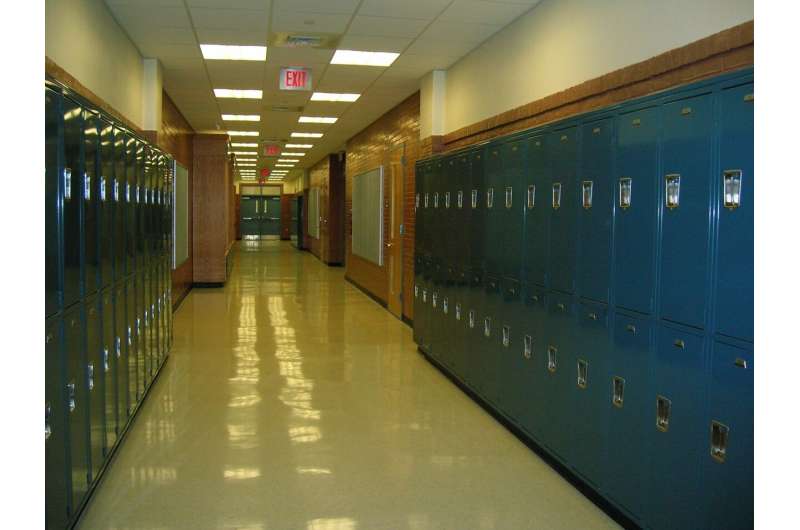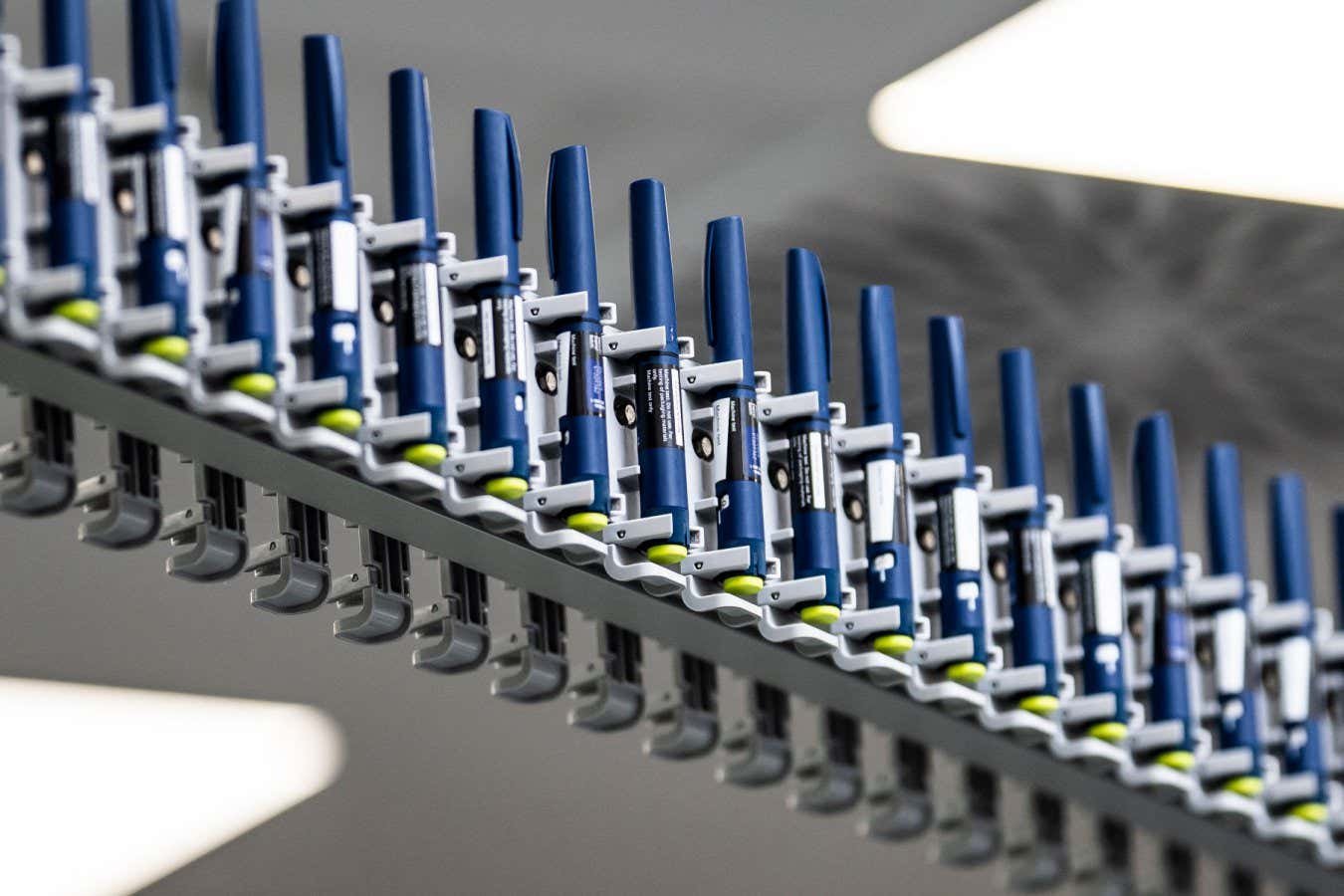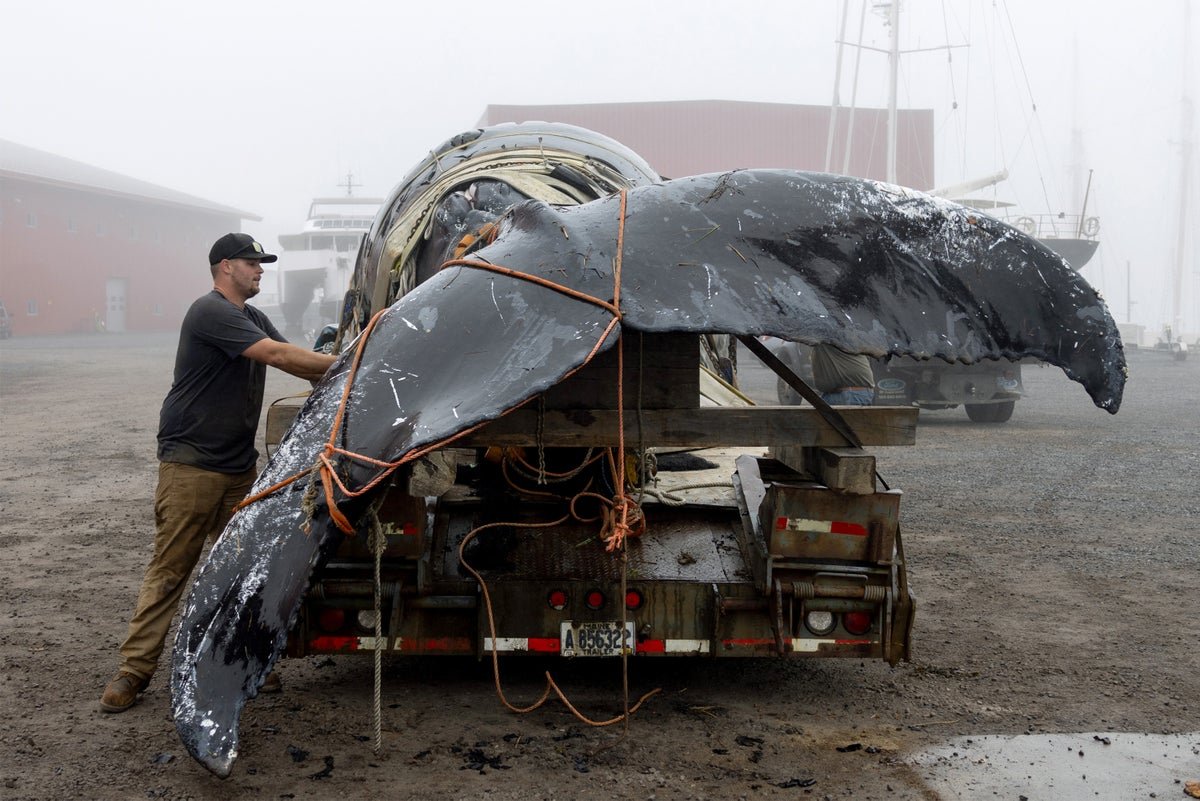
Different countries and regions use various models for integrating immigrant students who need to learn or improve the language of schooling.
In Québec, one model for young people is the classe d’accueil, which could be translated in English as welcoming class or reception class.
It is part of the linguistic, school and social integration program of the Ministry of Education of Québec. According to provincial documents, the welcoming class is for those “in need of support” to improve their language skills.
It can be used from preschool to high school in the province, but it is notably used in secondary schools and in regions where the number of students learning the language of schooling is high, such as Montréal.
Students who do not speak French well enough to be placed in the mainstream class are placed in the welcoming class for French learning. Students in high school study mainly French, but also math, arts and physical education. This happens separately from students attending the mainstream class.
Interviews with students, school workers
My doctoral research focused on the placement procedures of newly arrived immigrant high school students before and after their stay in the welcoming class in Montréal.
I collected and analyzed different types of data: documents, school observations and interviews with 37 school workers and seven students to learn about their experiences and views on the subject.
My research suggests that, even though the welcoming class is considered a “transition” to the mainstream class, the reality is more complicated.
In fact, some students may never get to the mainstream class. My research results reveal long stays in the welcoming class, immigrant students being placed below the age level of the students in the mainstream class and placements in general adult education and special education.
Challenges for immigrant students
Some students may stay years in the welcoming class if they are not considered ready to be placed in the mainstream class.
For some older teenagers who arrive without language skills of the host society, there are great chances that they can, after secondary school, be sent to adult education. They can end up studying with adults much older than them, which can influence their motivation.
Placement in special education means that they can be considered as having learning disabilities or directed towards technical programs that prepare them directly for the labor market.
A ‘deficit’ approach to seeing students
According to school workers I interviewed in my study, only some of the students meet the requirements of the host environment in terms of performance and behavior and can therefore achieve educational success.
The students who fail to adapt can be seen as having individual or cultural “deficits”—for example, learning difficulties or academic delays. Some school workers highlighted structural issues of the host environment. They notably mentioned viewing school systems as under-resourced to meet immigrant students’ needs.
My research suggests what is meant to be a temporary support becomes a sorting mechanism to stream immigrants into an educational track that can lead to limits on higher education and lower-paying employment.
Thus, there is a need to critically look at how the decisions are made to place and keep students in the welcoming class and who they serve.
Families not sufficiently informed
According to students in my study, they (and their parents) are not sufficiently informed about the education system in their host province.
Consequently, they tend to accept placement decisions—in the welcoming class, general adult education and special education—without fully understanding the implications.
Other research has also shown how immigrant parents might not be familiar with the local education system and thus might not question recommendations by school workers.
In fact, since their focus is on their children’s safety and learning, they tend to trust the educational system and its professionals to guide them.
Placement decisions shape futures
Long stays in the welcoming class, as well as special education and adult education placements, can have profound consequences in the lives of immigrant students, especially those who are racialized, come from low-income backgrounds or have experienced interrupted schooling.
Based on the accounts of students in my study, being placed in the welcoming class, special education or adult education can deepen dynamics of othering. As other researchers have noted, “specialized” or “separate” forms of education often add to how students are viewed through a lens of difference, especially racialized, linguistic and cultural difference.
The discourse of integration can mask processes of categorizing and managing students based on conformity to dominant norms.
However, this is not to suggest that people in school systems who facilitate placements to the welcoming class, special education or adult education lack good intentions for immigrant students.
Many school workers seem to be doing their best under difficult conditions. It is a systemic issue, rooted in the structure of the school system. Nevertheless, if the system itself reproduces inequalities, acknowledging good intentions is not enough.
Thus, to create equitable education for all students, it is essential to:
- ensure immigrant families have clear and accessible information about their rights and options by providing adequate support such as translation services, and by ensuring full student and parent participation in decision-making.
- offer training and support to educators that encourages asset-based, instead of deficit-based, thinking, to legitimize and embrace different ways of learning).
- consider inclusive models inside the mainstream classroom by providing sufficient school resources to facilitate a broader range of placement options.
In these ways, by moving to more flexible, equitable and student-centered approaches, our school systems can practice different ways of supporting student academic success.
Provided by
The Conversation
This article is republished from The Conversation under a Creative Commons license. Read the original article.![]()
Citation:
How language classes for immigrant students can perpetuate inequity (2025, August 6)
retrieved 6 August 2025
from https://phys.org/news/2025-08-language-classes-immigrant-students-perpetuate.html
This document is subject to copyright. Apart from any fair dealing for the purpose of private study or research, no
part may be reproduced without the written permission. The content is provided for information purposes only.




